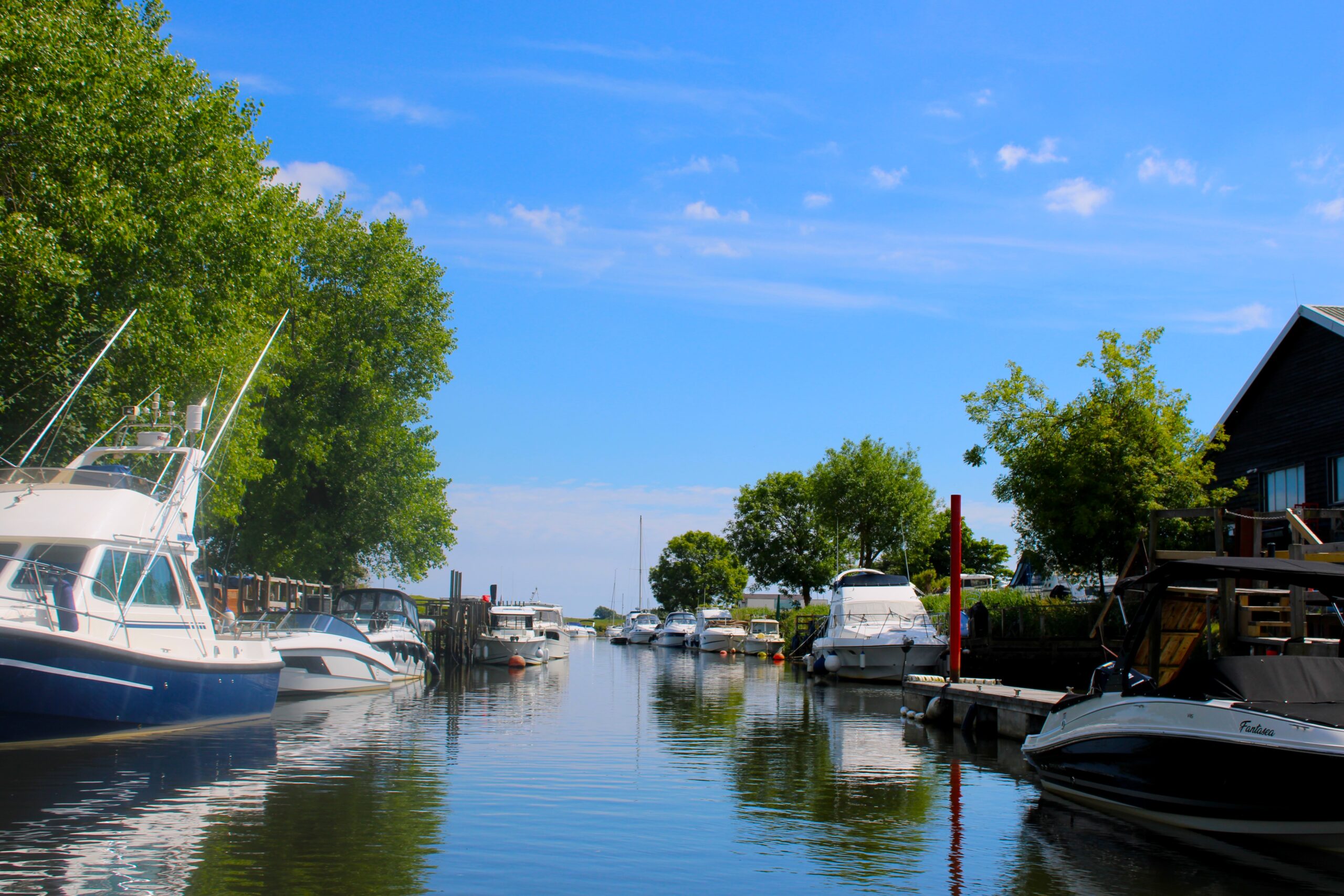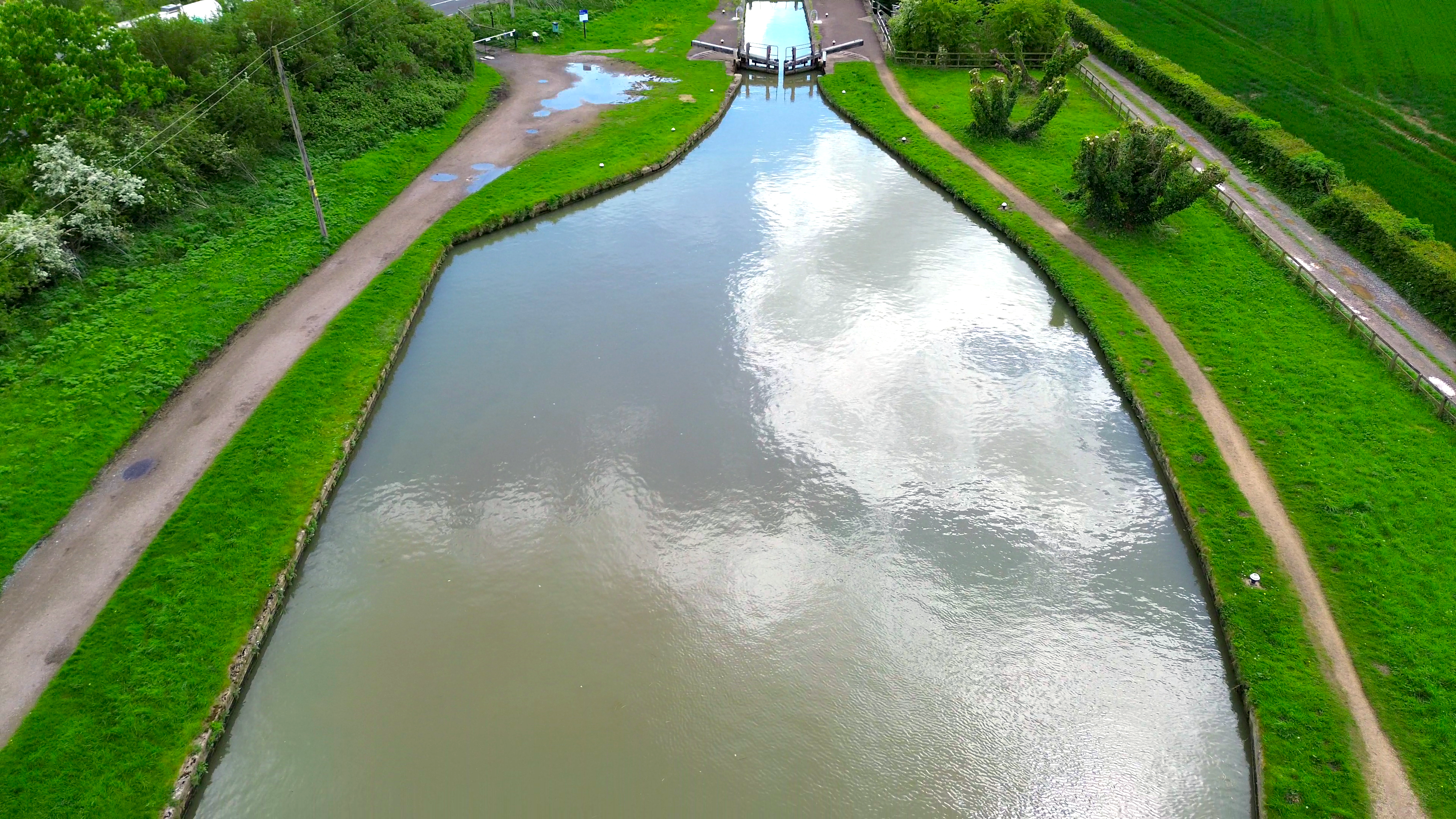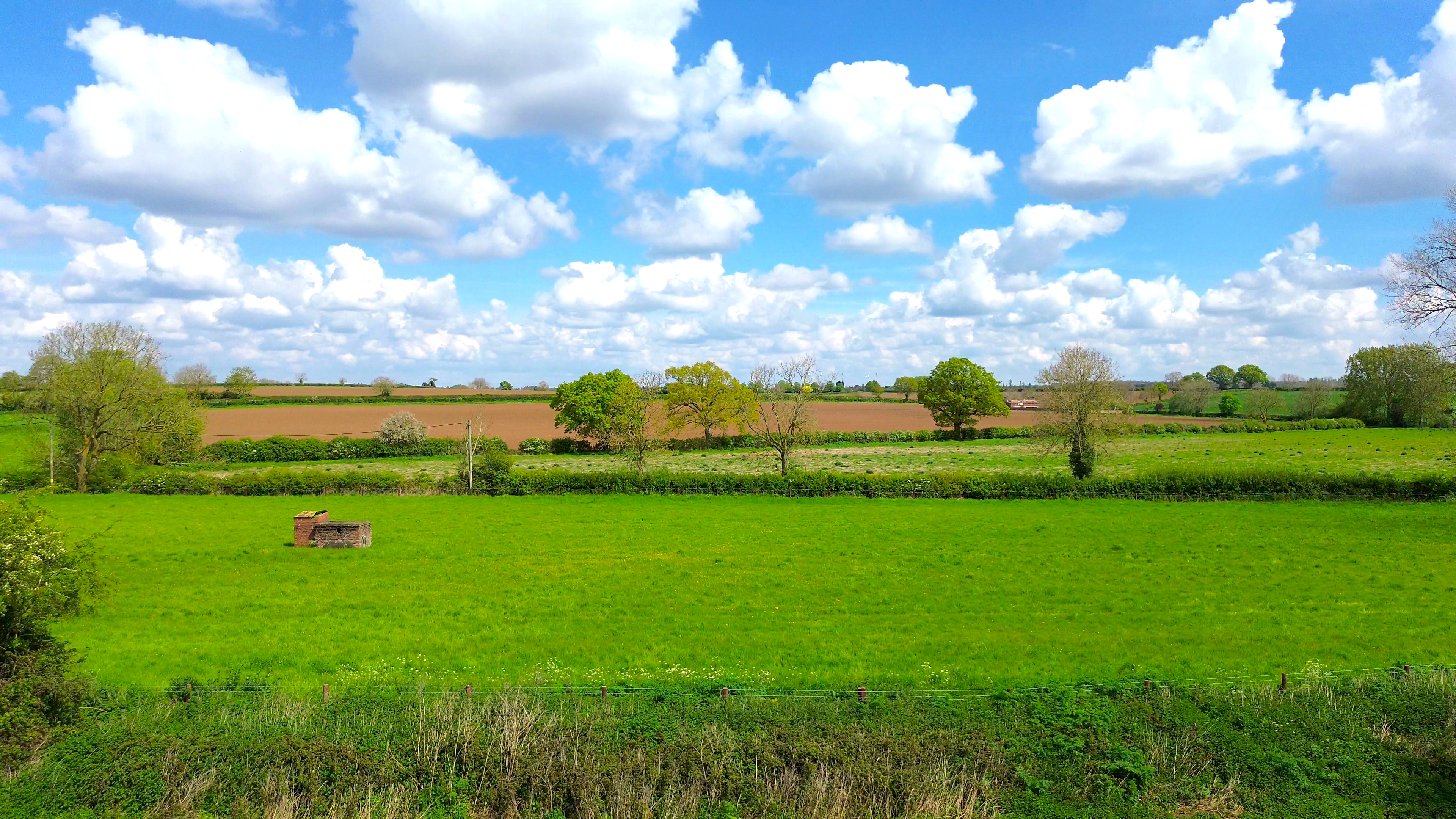Boating in winter can be a peaceful and magical experience—but it’s not without its hurdles. Whether you live aboard full time or enjoy winter canal cruising as a seasonal treat, it’s important to understand the unique winter boating challenges and how to stay prepared.
In this guide, we’ll explore the top cold-weather concerns faced by UK boaters and how to tackle them like a pro.
1. Cold Temperatures and Heating Your Canal Boat
Problem: How to stay warm on a canal boat in winter? Living on a canal boat in winter means dealing with freezing temperatures, especially overnight. Without proper heating, your boat can become uncomfortably cold—or even uninhabitable.
Solution:
- Install a solid fuel stove, diesel heater, or electric heater (if connected to shore power).
- Use insulation like thermal blinds, lined curtains, and rugs.
- Stock up on winter fuel (wood, coal, or diesel) in advance.
2. Frozen Waterways and Ice Navigation Risks
Problem: Risks of Ice and canal boating? Ice can block canals, damage boat hulls, and prevent you from moving at all.
Solution:
- Avoid cruising when freezing conditions are forecast.
- Choose sheltered winter moorings if staying in one place.
- Check local canal notices from the Canal & River Trust for ice-related updates.
3. Frozen Pipes and Water Supply Issues
Problem: How to stop pipes freezing on a canal boat? Cold snaps can freeze onboard water tanks and pipes, leaving you without running water—and potentially costly plumbing repairs.
Solution:
- Lag pipes and insulate water tanks with foam or heat tape.
- Keep your water system active—running taps periodically helps.
- Disconnect external hoses after use, as these freeze quickly.
4. Power Management During Short Winter Days
Problem: How to improve leisure battery health on canal boat in winter? Short daylight hours and increased energy use (for heating, lights, etc.) can drain your batteries quickly.
Solution:
- Use solar panels where possible, even in winter sunlight.
- Invest in a battery monitor to track usage.
- Limit high-drain appliances like kettles and microwaves.
5. Damp, Condensation, and Mould Prevention
Problem: How to deal with condensation on a boat in winter? Condensation builds up quickly in winter, leading to damp air, mould, and uncomfortable living conditions.
Solution:
- Ventilate daily—even 10 minutes of fresh air helps.
- Use a dehumidifier or moisture-absorbing crystals.
- Avoid placing furniture and bedding directly against the boat’s hull.
6. Slippery Towpaths and Mooring Hazards
Problem: Is it safe to live on a boat in winter UK? Wet and icy towpaths make boarding dangerous. Rope tension can also shift with frost and wind.
Solution:
- Wear grippy, waterproof shoes when walking outside.
- Use anti-slip mats or decking on your stern and bow areas.
- Check and adjust your mooring lines regularly.
Bonus Tips for Cold Weather Boating
- Choose a marina with facilities if you’re new to boating in cold weather.
- Carry emergency supplies, including extra fuel, batteries, food, and drinking water.
- Join a winter mooring scheme for secure, serviced locations during harsh weather.
Final Thoughts on Boating in Winter
Despite the challenges, winter boating in the UK can be a rewarding experience if you’re prepared. From peaceful morning frost to the quiet beauty of empty canals, it offers a unique connection to nature that summer boating can’t match.
With the right equipment and knowledge, you can safely enjoy the canals all year round.


